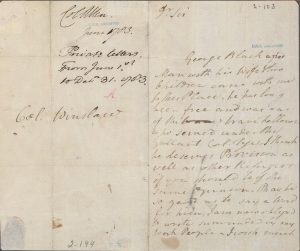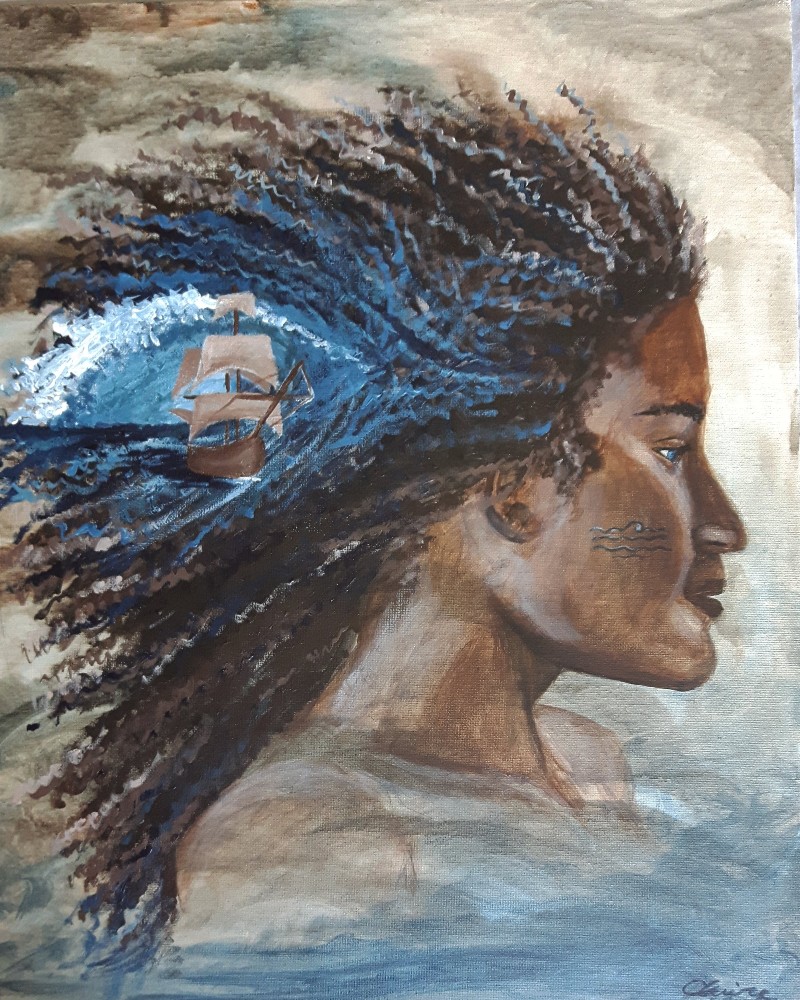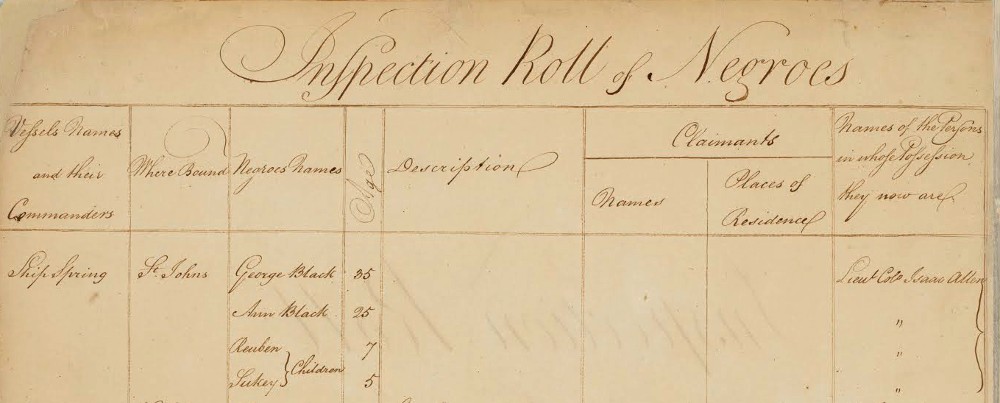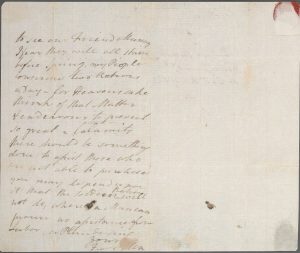Quest for Freedom
“They have no country to go to—no other asylum…”
– Robert Morse, New York, 1783
When the first flotilla of Loyalist refugees departed New York harbour at Sandy Hook on Sunday May 27, 1783, it was a magnificent sight to see. The Spring Fleet of 50 sail included 11 ships destined for the River St. John. Five more flotillas would follow over the summer and fall, carrying a total of over 33,000 Loyalists to present-day New Brunswick and Nova Scotia. On board were 2,831 Black Loyalists, whose names were recorded in the Book of Negroes.
In the Book of Negroes, the names of both free and enslaved men, women, and children were listed. The destination of each vessel was included, along with a physical description of each individual, and remarks on their status of freedom. Among the places listed as destinations was the “River St. John’s” (or Saint John’s River). Upwards of 500 were destined for the River St. John. Some of these individuals settled in York-Sunbury counties, in communities such as present-day Fredericton, Keswick, and Maugerville. Many were freed slaves, others were indentured servants or slaves, and many had served as regimental soldiers.
Among the pages can be found the names of freed slaves George Black and his family (wife Ann, and children Reuben, aged 7, and Sukey, aged 5); as well as Besse, with her son Gull and baby Kitty, who were the property of Nicholas Humphries; and also, Joseph Williams, a Black Pioneer in the Kings American Dragoons.

“George Black a free man with his wife and two children came with me to this place, he has long been free, and was one of the brave fellows who served under the gallant Col Tye.” Col Isaac Allen’s letter to Edward Winslow, June 1783.




